Listed below are dates for your diaries for HWT City Branch events through to late Spring, with more details and links to follow. Please note, in line with HWT guidance, the City Branch will now be asking for a suggested donation to attend talks, both to help us cover speaker costs, and increasingly important, to help support the ever-growing conservation work of Herefordshire Wildlife Trust.
Tuesday 22nd February Zoom talk at 7.30pm:
Author of River Voices, Marsha O’Mahony will share some of the stories of those who’ve worked on the Wye over recent decades:
In 2017/18 a team of interviewers travelled up and down the River Wye interviewing people who lived, worked, and played on the River Wye, including fishermen, swimmers, ghillies, boat builders, poachers, rod builders, rowers, canoeists, and prime ministers!
To book a place Click hereto visit the HWT website,
or Click here to go to the direct link to Eventbrite booking.
Tuesday 22nd March Zoom talk at 7.30pm:
‘Wonderful wild walks in and around Hereford city’
In recognition of the upsurge in walking for its physical and mental health benefits during the pandemic, Wildlife Trust volunteer Nic Howes will highlight opportunities to walk locally in 2022 and discuss some participants’ personal favourites – including wildlife sightings, with a focus on Hereford City as a starting and finishing point. OS maps will be displayed on screen for route clarity as necessary. Nic Howes is the author of HWT’s ‘Wild Walks in Herefordshire’.
Tuesday, 5th April Zoom talk at 7.30pm:
‘Regenerative Farming in Herefordshire’
Many of you will have heard of the Knepp Rewilding Project. Now you have a chance to hear first-hand about the Knepp Regenerative Farming Project in a City Branch talk by the head of the project – Herefordshire born Russ Carrington. How can nature recovery and the creation of habitat networks work in harmony with food production? How does regenerative farming build natural capital and what key ecological indicators are used to monitor that account? How does regenerative farming address the challenges of the future as farming subsidies undergo radical change? These are urgent questions for conservationists, ecologists, farmers and anyone who has an interest in our changing landscapes.
Here is a quick catch up on a few of this winter’s ‘greening the city’ activities:
The Yazor Brooks project has restarted its working party activities, so chainsaws, brush cutters, waders and purple rubbish sacks are back out with a vengeance every week. However, pollution and invertebrate testing didn’t stop for the holidays, so there is much to report as Emil recounts in his synopsis below.
His full report is on the Wilder Hereford page: Click here
or Click here for a direct link to his report.
River Wye Pollution Update Summary: Results from data collected by researchers who are modelling phosphorus (P) levels in the River Wye catchment indicate it is four times higher in the soils of the Wye Catchment than average for the UK and is causing poor water quality. This is very important news. They are advising the government on this and have concluded that major changes in farming practices are necessary. This includes the urgent need to stop spreading P fertiliser by 80% for poultry manure and 50% for cattle manure in the Wye catchment. Radical solutions to the problem need to be sought as a matter of urgency to avoid further degradation and complete loss of the river ecosystem.
An army of trained citizen scientists have been galvanised into action and are now monitoring the River Wye catchment. Four citizen science groups have collected over 4000 samples in more than 267 sites during 2021. Working with the Environment Agency and Natural Resource Wales these groups are providing essential data that one might expect to be gathered by government agencies. The data is being analysed by environmental scientists at the University of Cardiff.
The good news is that government agencies are now utilising data collected by citizen scientists. However, we continue to rely on these agencies to follow up anomalies, investigate the source, enforce the current laws and protect the river. The Wye is a Site of Special Scientific Interest (SSSI) and a Special Area of Conservation (SAC).
The latest Environment Audit Committee report, using the Wye as a Case Study, recommends:
- annual chemical assessment of soils in sensitive river catchments
- new DEFRA guidance on all intensive animal farming developments based on the nutrient balance of each river catchment
- increased agency monitoring of the sensitive river catchments.
It notes the potential to reduce nutrient levels by transporting waste out of catchment, treating it in anaerobic digestors, reducing phosphorous in feedstocks and reducing livestock levels. The Wye Catchment Partnership reports 250 farms (est. 10% of Herefordshire farms) have signed up for an audit of nutrient levels in feedstocks and soils. This is the first step in large-scale nutrient reduction. However, it may be too little too late if left to self-regulation’.
Nicky Geeson further highlights this massive national issue, citing a new report from Parliament:
‘The House of Commons Environmental Audit Committee has just published a damning report on “Water Quality in Rivers”. Click here to read the report.
The Summary begins by telling us: “Getting a complete overview of the health of our rivers and the pollution affecting them is hampered by outdated, underfunded and inadequate monitoring regimes. It is clear, however, that rivers in England are in a mess. A ‘chemical cocktail’ of sewage, agricultural waste, and plastic is polluting the waters of many of the country’s rivers.”
HWT City Branch members will know this only too well as we have often reported on the voluntary work we are doing on the Yazor Brooks Restoration Project, and testing for phosphates and other pollutants as part of the Friends of the Upper Wye project: Click here
Volunteers are needed more than ever as we continue to monitor, restore and enhance our local waterways.
Community Tree Planting
City Tree Wardens and colleagues have been working again this winter with residents to take advantage of the planting season. Butcher Jonathan Heggie and neighbours are now proud custodians of a mini arboretum on a green area in Tupsley Ward that had, over the years, lost half its original trees. This project was supported by BBLP who oversaw the planting, and TWs Jane Denny and Mo Burns.
The Yazor Brooks Restoration Project has secured permission to plant small copses of appropriate trees species along the margins and green spaces of Moor Park and Yazor Open Space. The plantings follow the line of the Yazor Brook and public footpaths.
Project lead Richard Fishbourne and volunteers Emil Morfett and Holly Thompson take a break from building a six-tree stockade, with plans for more new trees above and below the Yazor Road over winter.
And to finish on some more positive news, an HWT member has sent in a link to online magazine Positive News which covers ‘good news stories’ only – much of which are to do with environmental issues. Their latest issue highlights worms and good soil health to where we are on rewilding nationally, – which gives some context to our talk in April, so if you are interested in upping your positivity-level, Click here
Check the HWT WILDER HEREFORD page for updates.

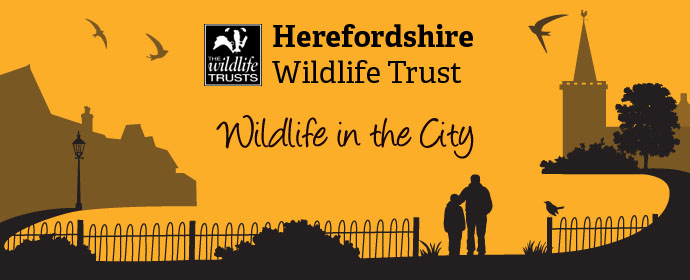
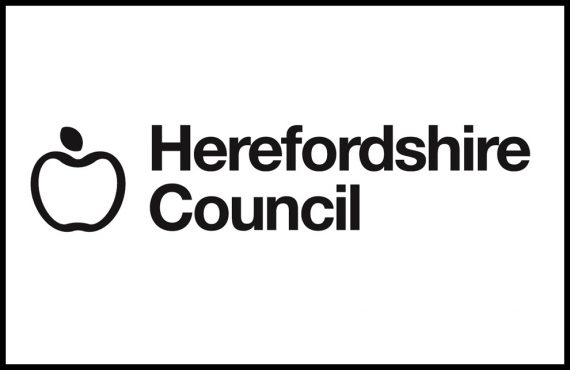


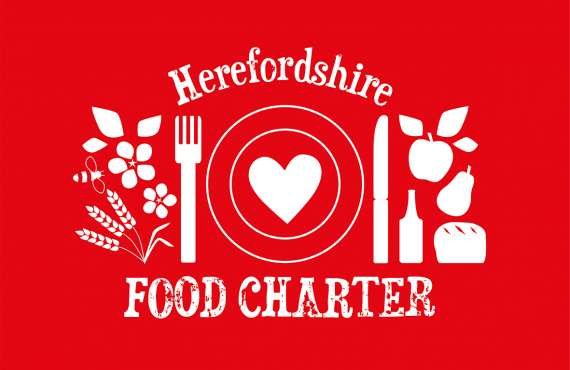
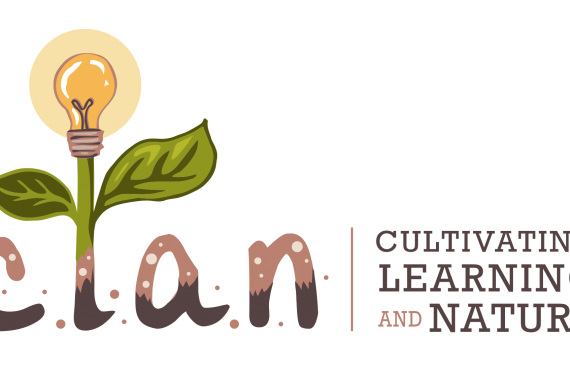






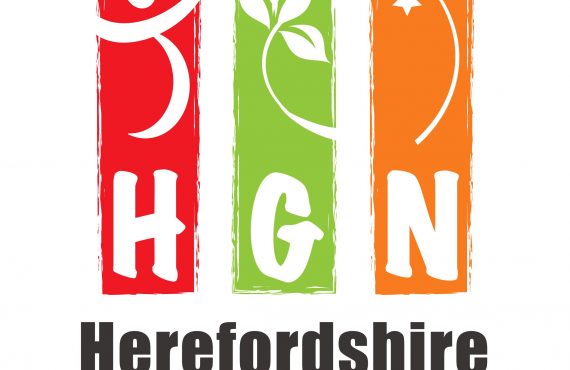

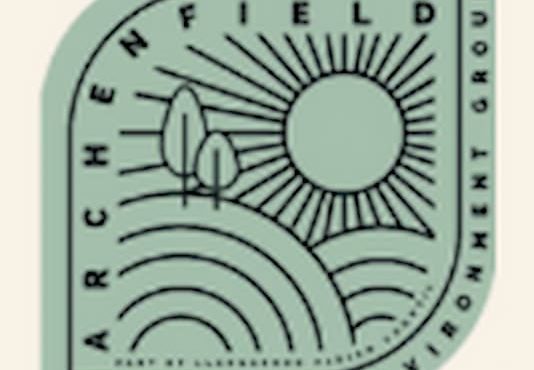

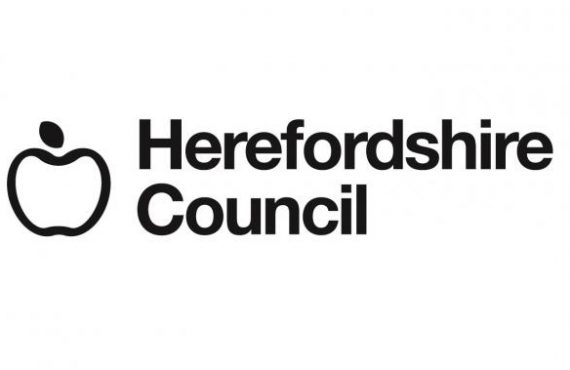


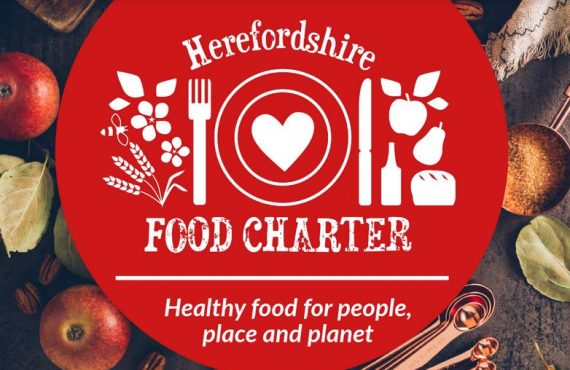

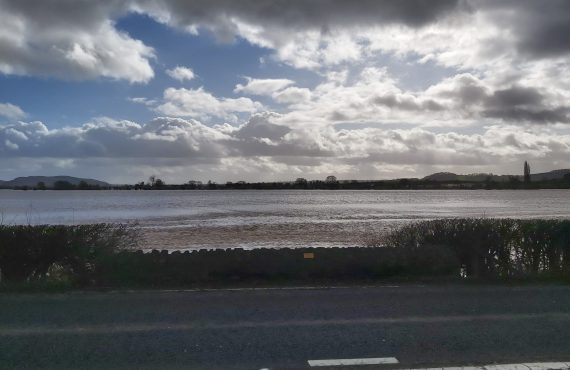



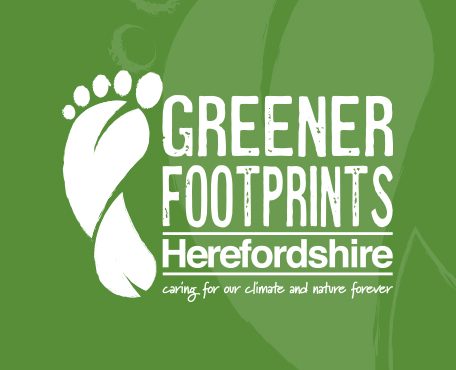

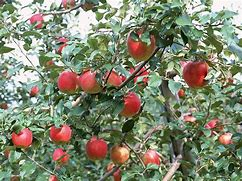




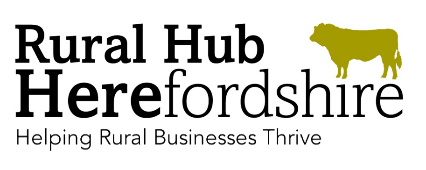


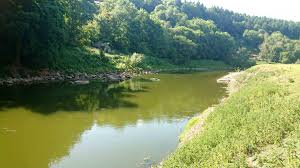
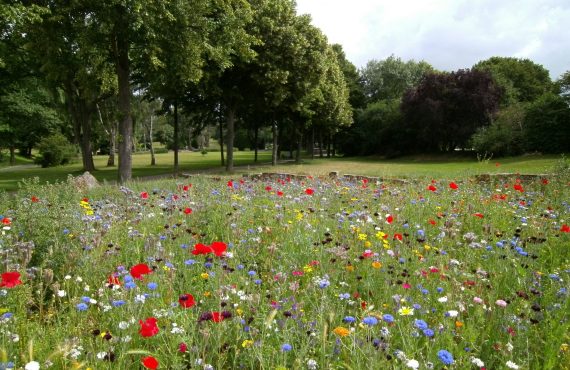
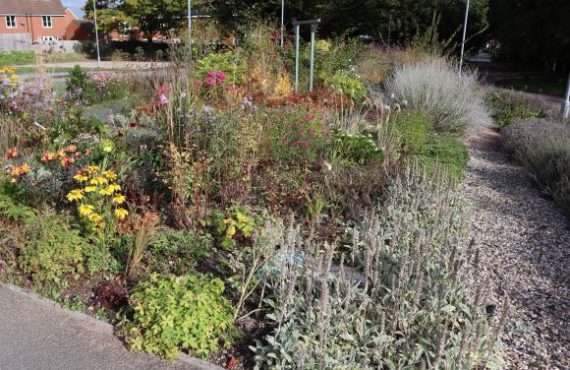

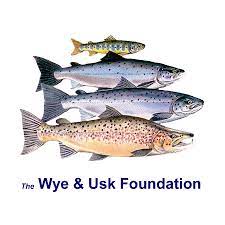
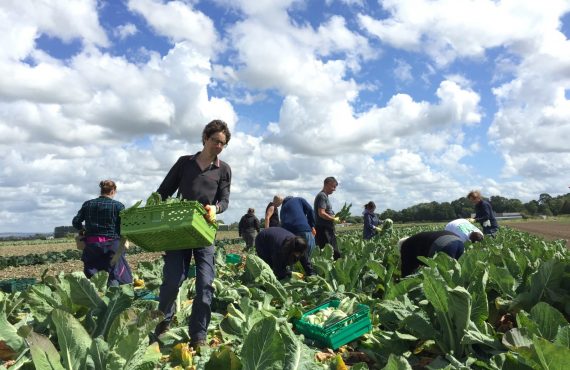
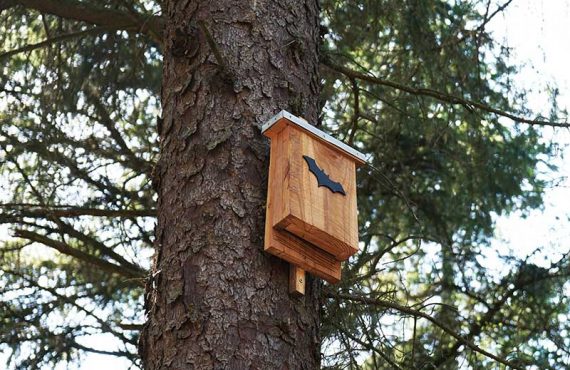




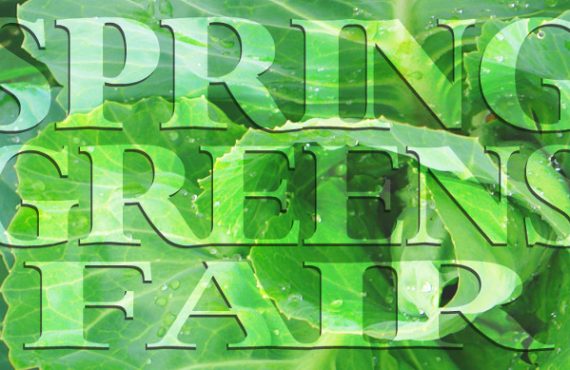
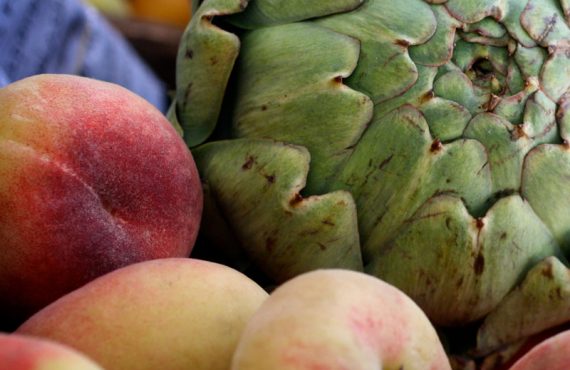
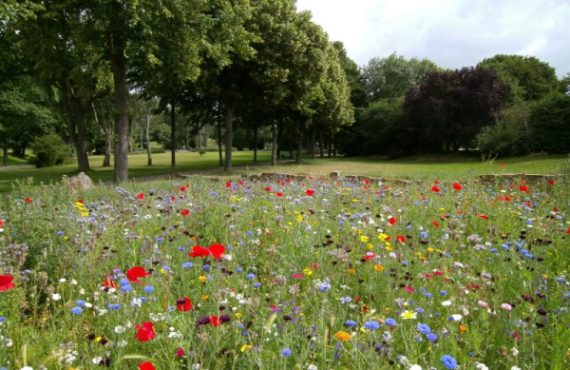
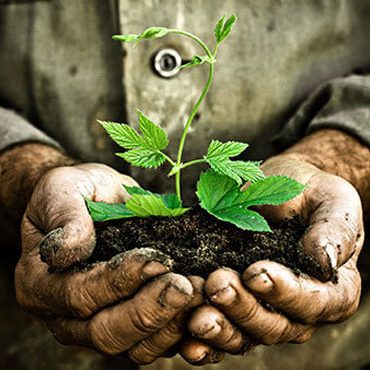

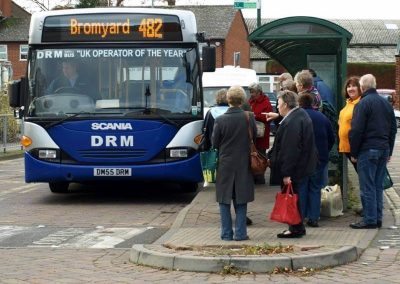
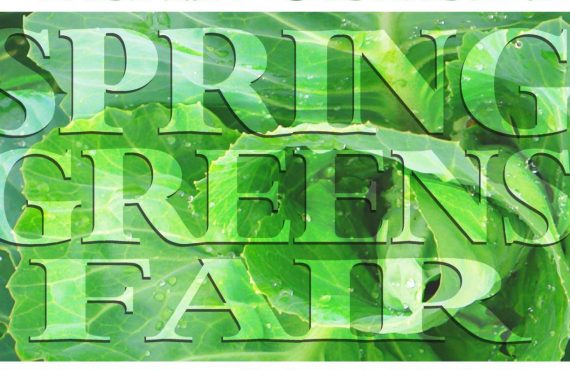
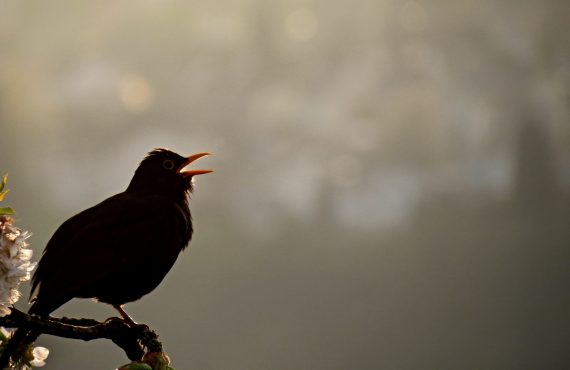
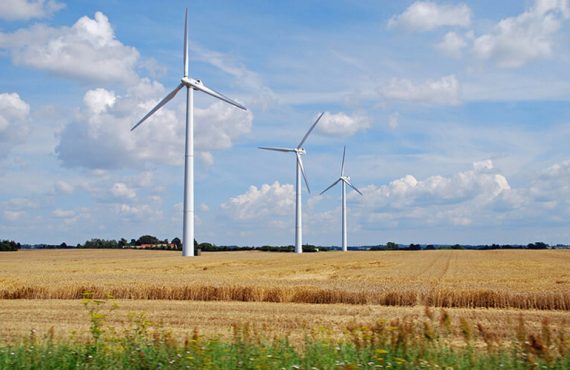


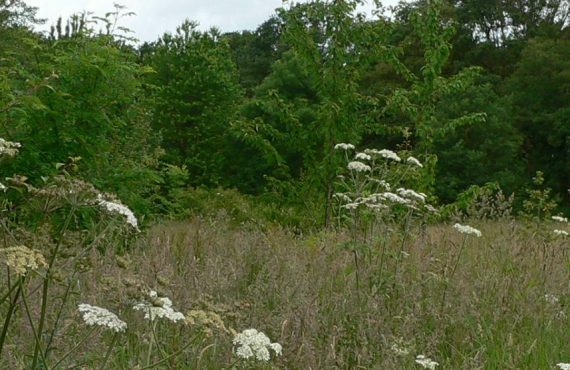
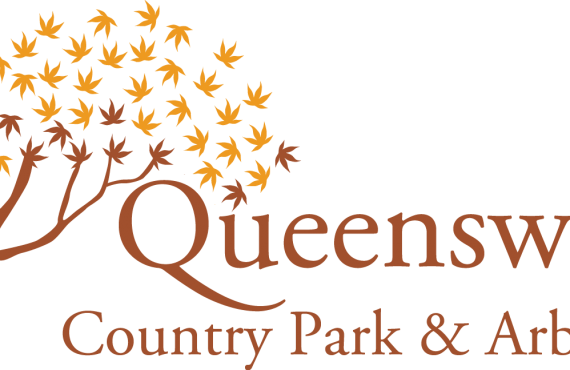





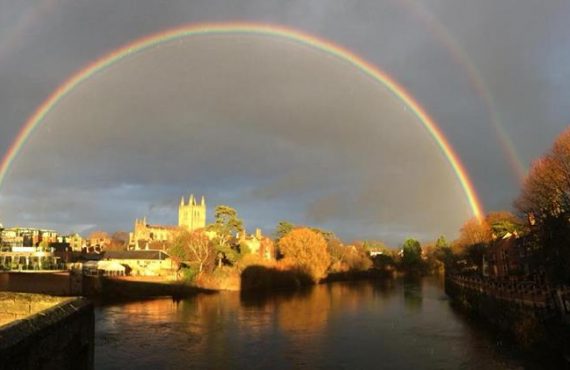


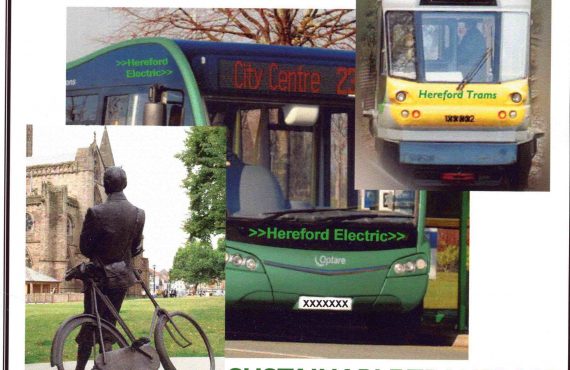


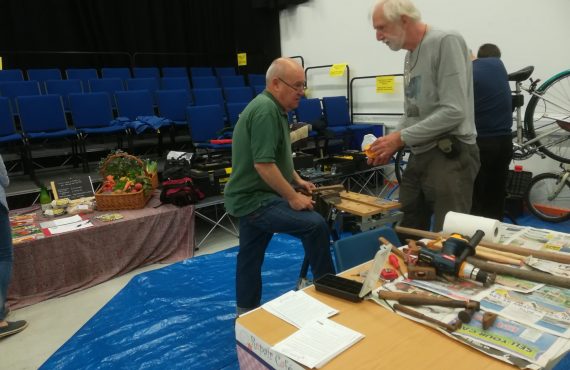
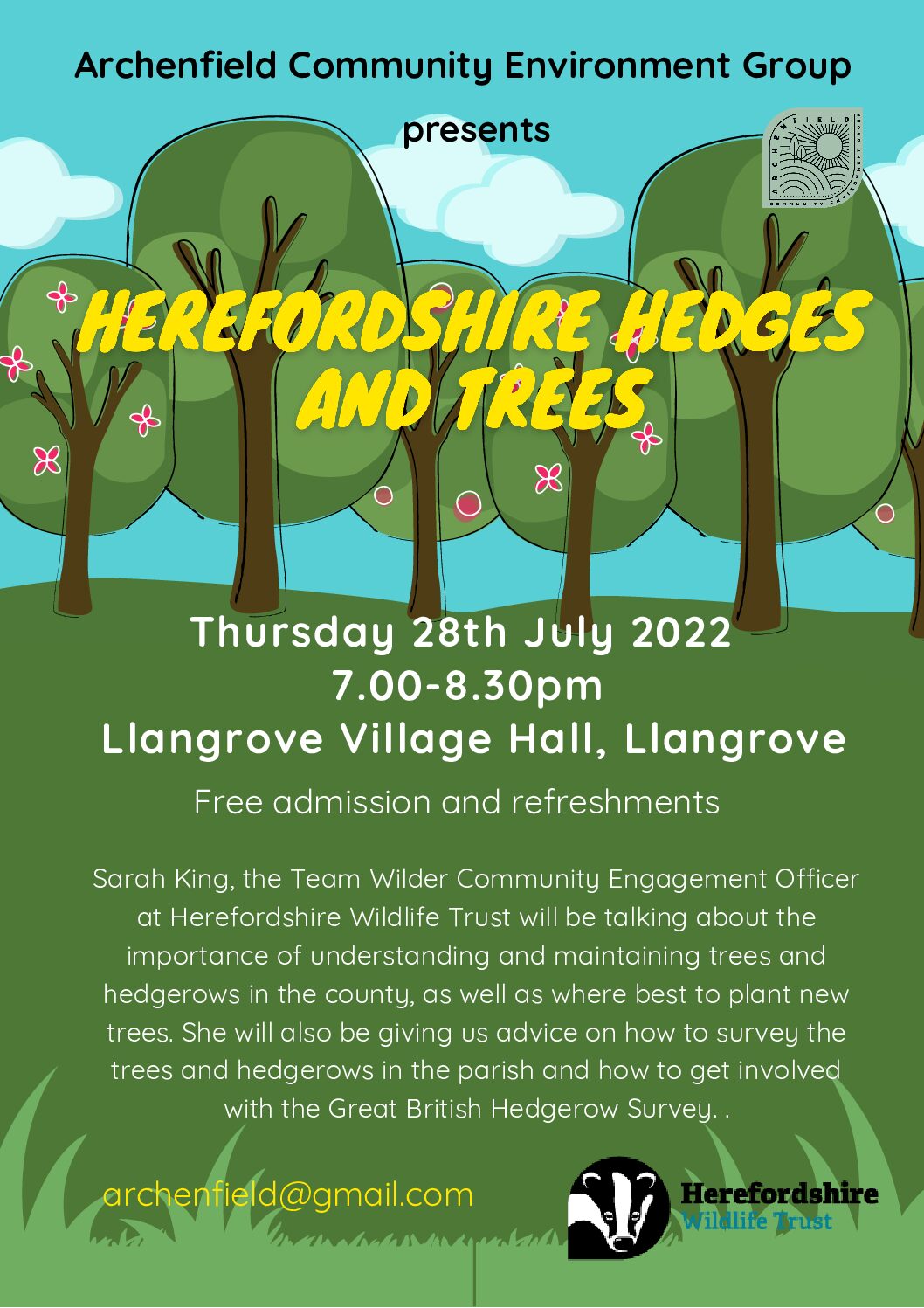






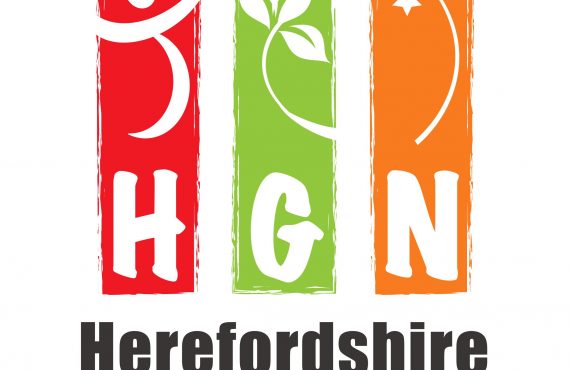


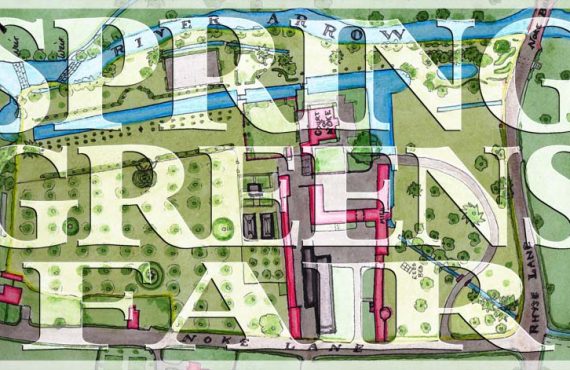

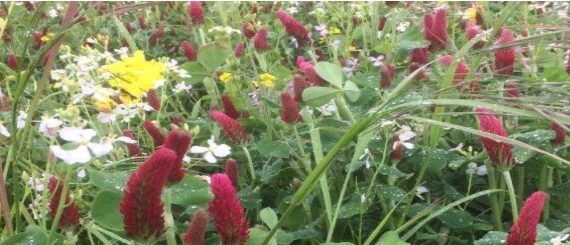
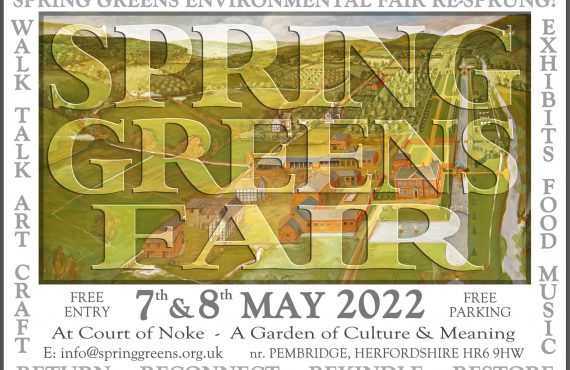

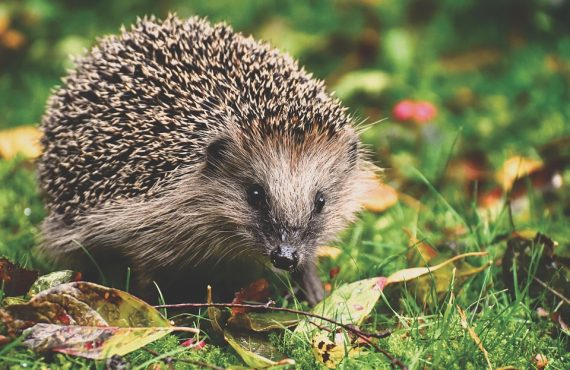
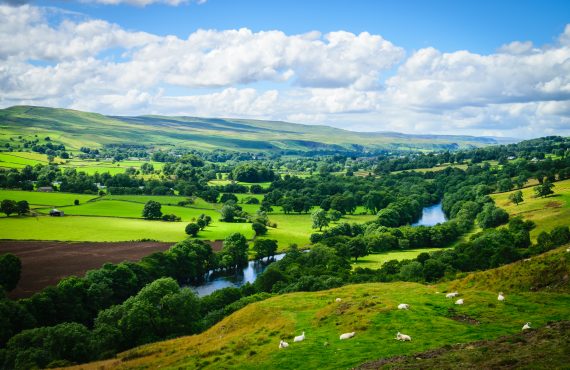




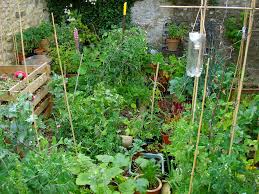
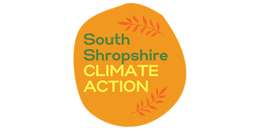


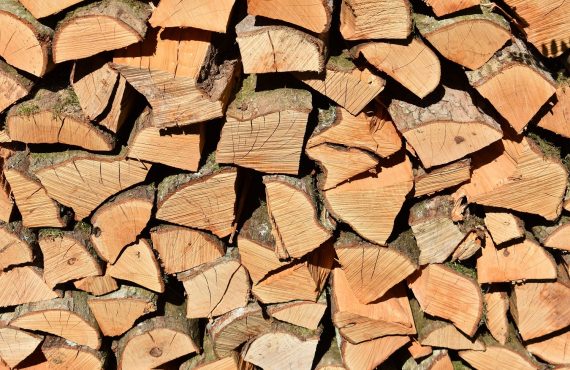


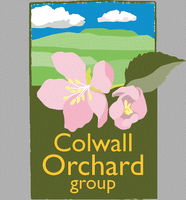
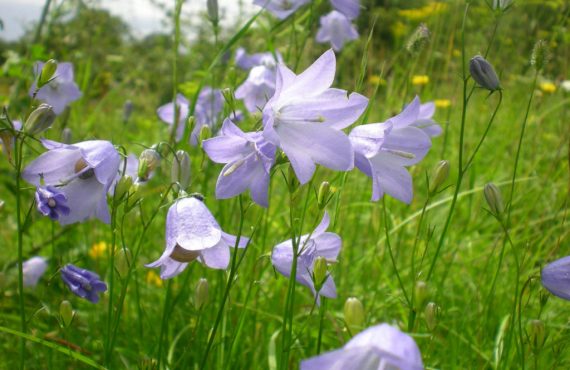





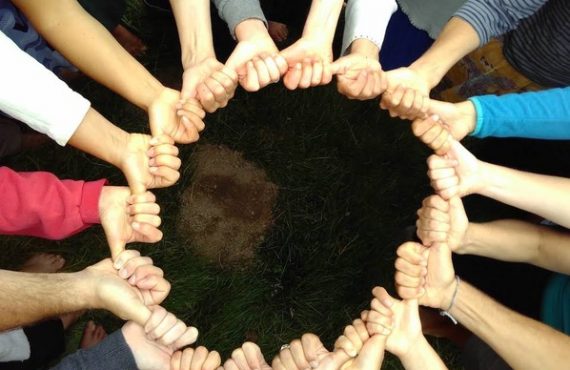
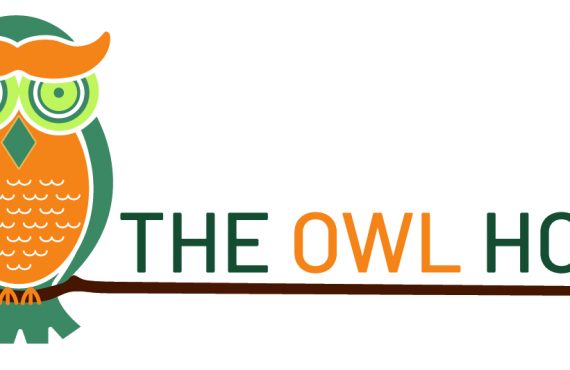





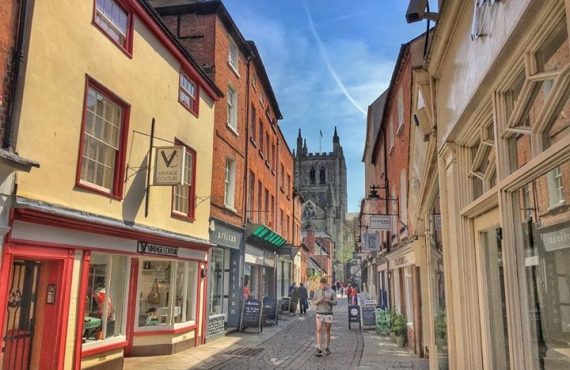
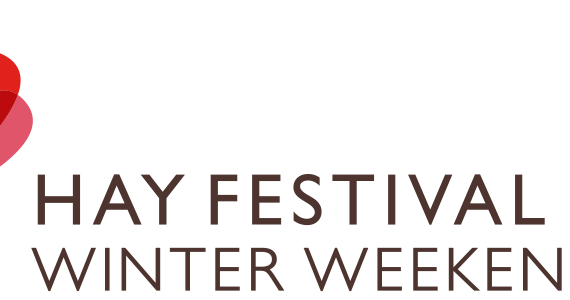
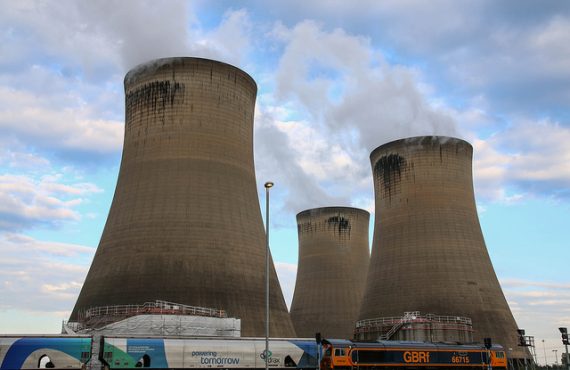

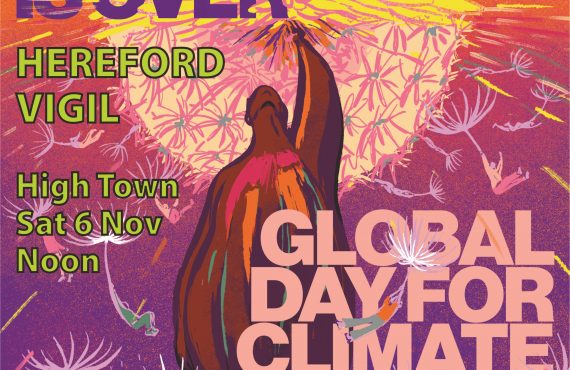
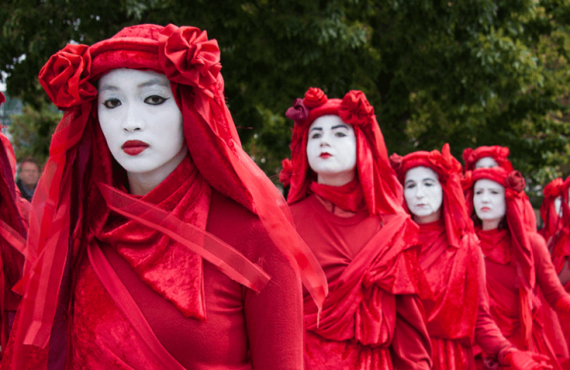
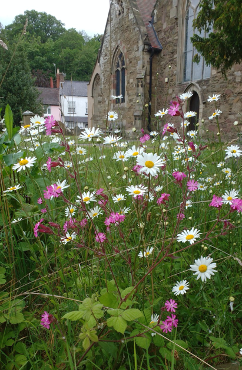


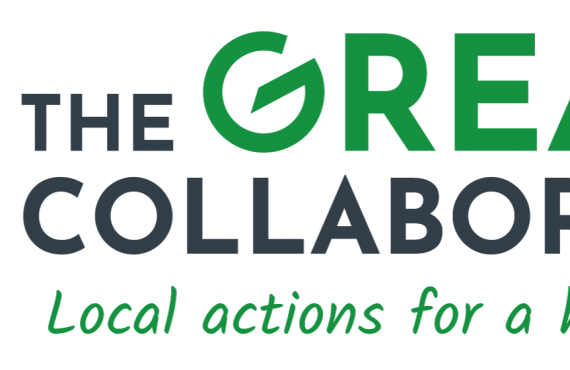








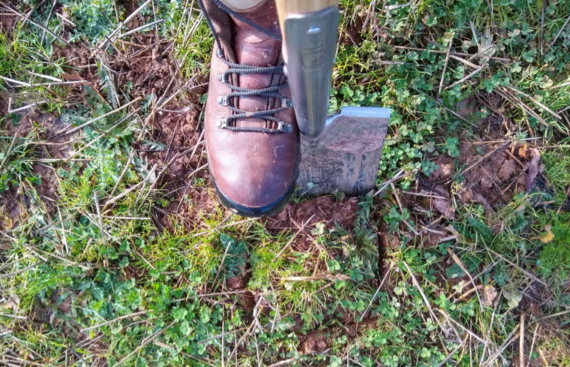
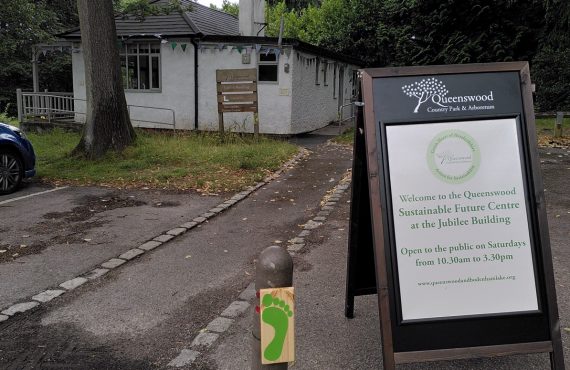


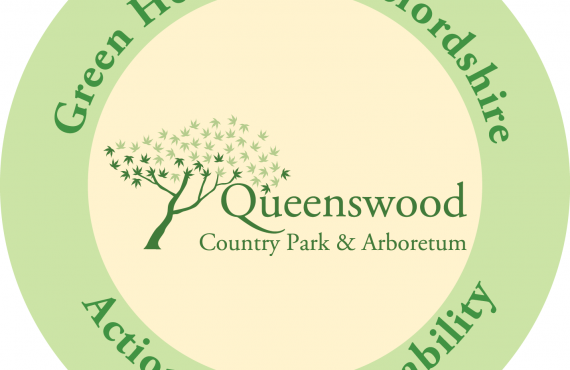

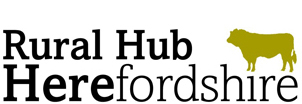



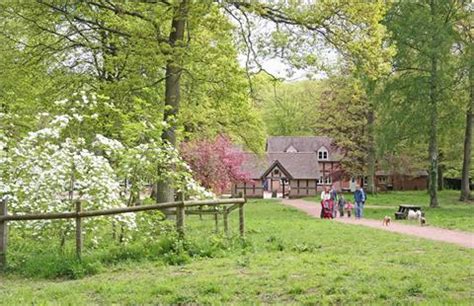

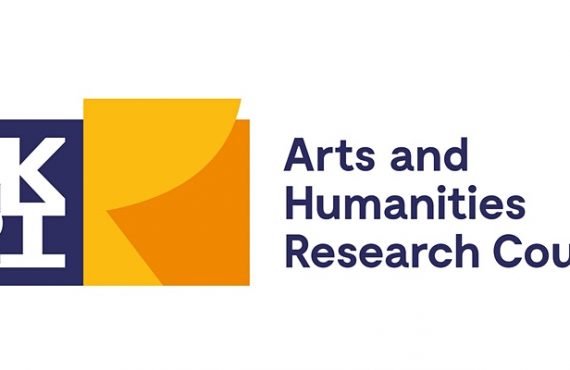
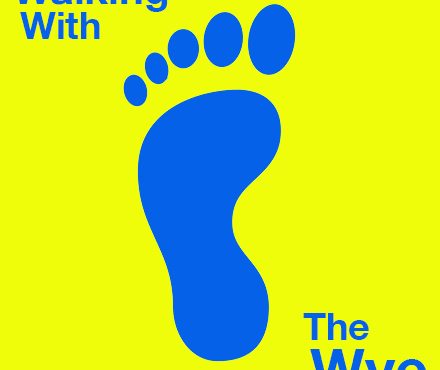
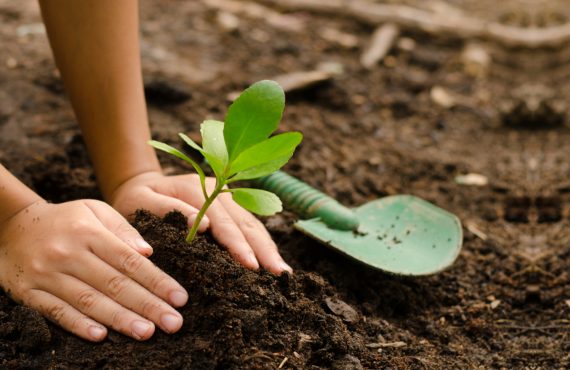



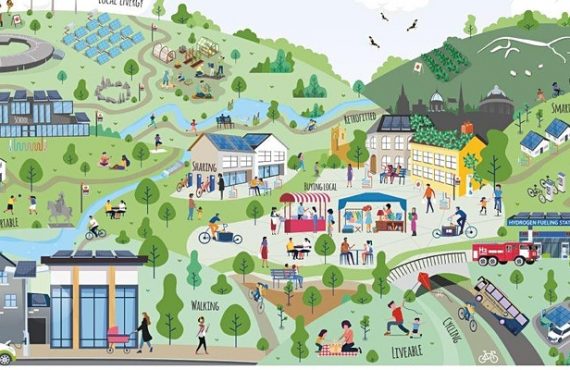
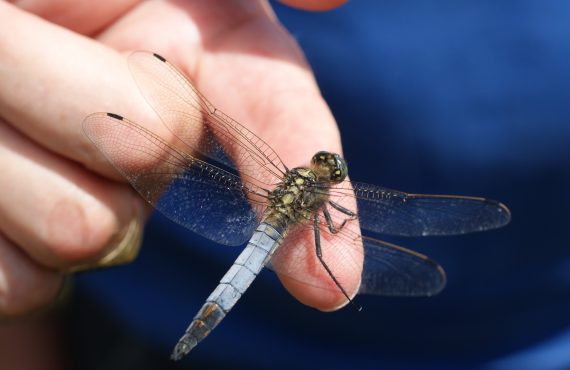



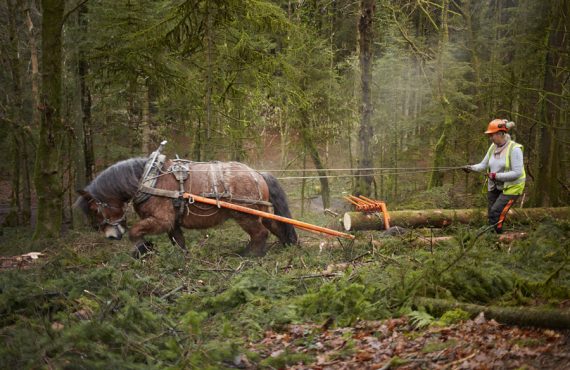


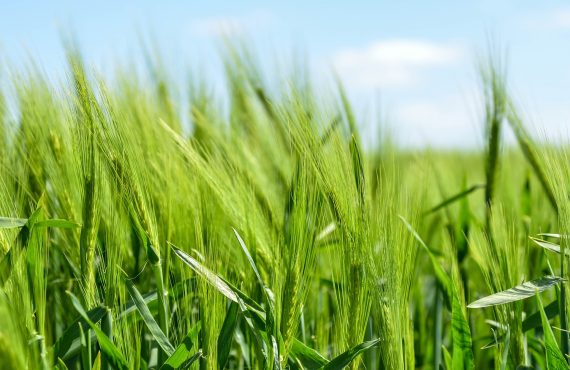

No comments yet.